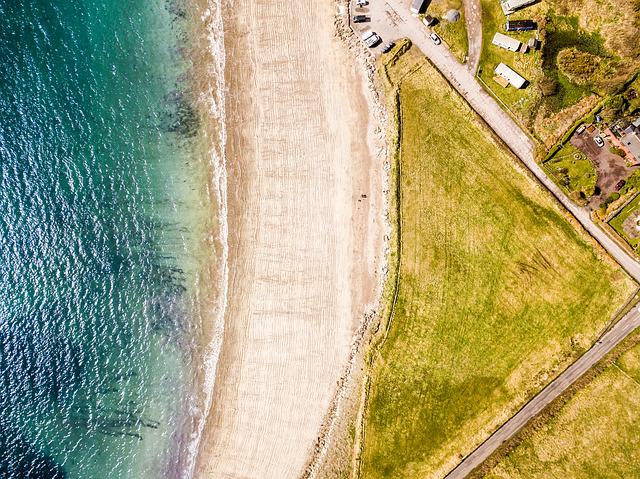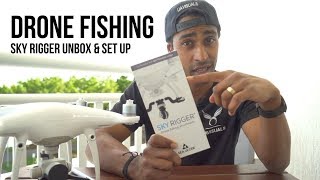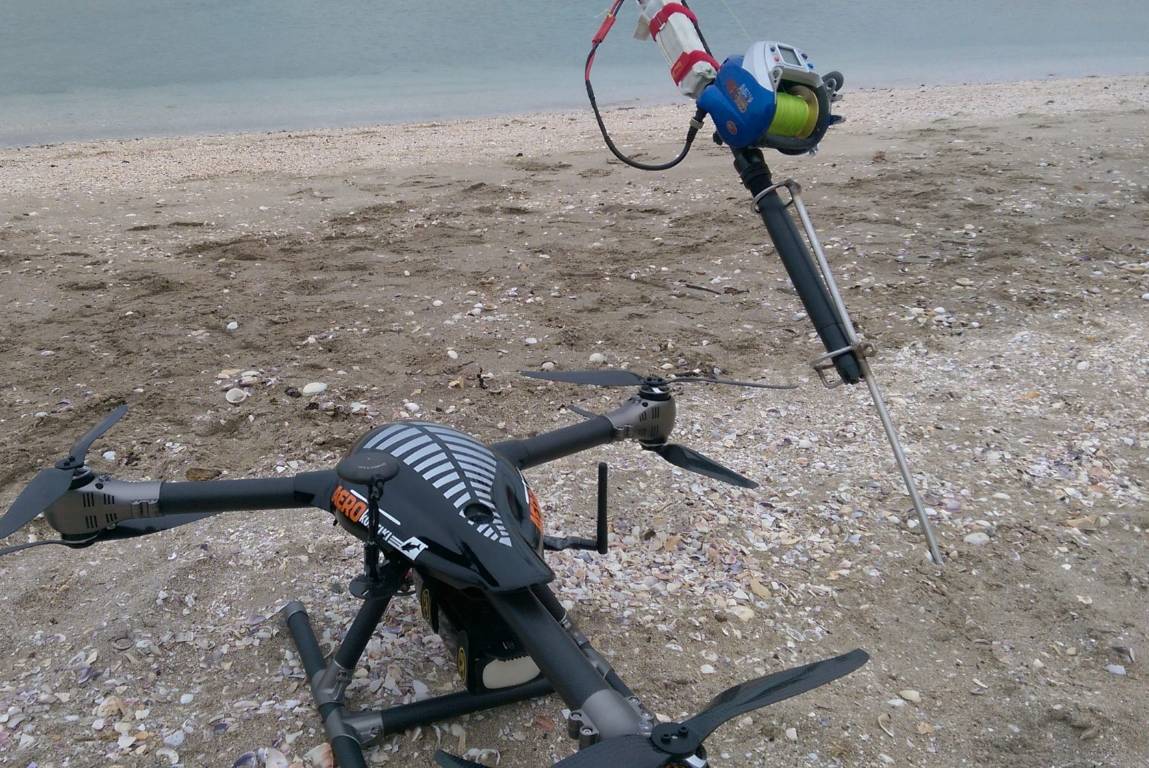
We'll be covering the basics of a drone-fishing rig in this article. We'll also be discussing what to consider when choosing your drone, how to charge it, and the payload. Then, we'll discuss some ways you can get the most from your drone. Continue reading for more tricks and tips. You'll soon have the drone of your dreams! Let's get !... going and maybe even catch a few more fish!
Basic drone fishing rig
You will need a good set hooks to get started with drone fishing. The fishing line should have a doubled length and be either mono or braided. It should be tied with a Cat's Paw Loop, Uni knot or Uni knot. You will need a sinker that weighs between 2 and 8 ounces as well as hooks to attach to the second section. Finally, attach the lead loop of your snap swivel to your drone.
There are many ways you can create a fishing drone. An easy way to make a fishing drone is to attach a hook onto the drone's landing gear. Then spin the line until the line is released. Other low-cost ways include using a dropper to keep the fishing line below the drone and a drop line. Droppers are a way to keep the main line from getting caught up in propellers. The fishing drones can also be equipped with accessories, such as a battery pack and a dock.
You will need additional equipment once you have bought the basic drone fishing gear. A fishing line that is approximately 700m long, as well as a bait-dropping apparatus are required. These are all optional extras, but will make your drone fishing experience more enjoyable. A good drone will give you a clearer view of your surroundings, and you'll be able to spot fish more easily.

Payload for drone fishing system
Be aware of safety precautions if you want to catch fish by drone. It is not a good idea to fly your drone in heavy winds or rain. Here are some steps to follow:
First, ensure your drone has a strong carrying capacity. It won't be stable if loaded with braided rope or heavy lures. Also, if you're fishing at a seaside location, the wind may blow the drone off its course. Also, it's important to verify local regulations and laws as some may prohibit you from fishing with a drone. A drone with good carrying capacity is essential if you plan to fish from it.
Next, determine the accessories that you'll need for your drone. To minimize the problems of weight distribution, it's a good rule to use a rigging that has a central connection point. The motor struts of the drone, landing gear, as well as the legs are the most appropriate attachment points. Avoid attaching payloads to your camera or gimbal, as they can be damaged. The easiest solution is to tie some fishing line along the length from one corner to another. This can be secured with tape to prevent it from falling out.
Battery life for drone fishing rig
Before going out fishing with your drone, be sure to check the batteries and the other gear. This will help you keep the drone from running out of battery life and allowing you to focus on fishing instead of recharging. Some drones come with solar panels that can be charged by car batteries or solar panels. It is a good idea to start with fully charged batteries. This will ensure that your drone can fly immediately after you arrive at your fishing spot.

Another important factor to consider is the drone's flight time. Although some drones have longer flight times, others can fly for as little as twenty-two seconds. This is great for those who want to spend hours out on the water with their drone. You should also be aware that drones with low endurance are inoperable, making it difficult to catch fish.
After setting up your fishing rod, attach the fishing clip to the drone's legs or motor struts. Next, attach the bait line to the fishing line. When you are ready to drop your bait, make sure you lock the reel. Once you release the line, tension will build and the drone will drop the bait in the water. If the battery is not charged properly after each use, it will not function properly.
FAQ
Do drones fall under the control of the FAA?
The FAA oversees all aspects drone operations including safety standards and certification requirements.
How can I keep drones off my property?
Drones are becoming more common for home surveillance. However they can also be a threat to privacy or security. If you want to avoid drone attacks, you should install motion sensors around your property and use them to detect any unauthorized flying objects.
Is it illegal for a drone to be flown?
Yes, flying drones in certain countries is illegal, such as Australia and Canada, Germany, Japan. New Zealand. Singapore. South Korea. It is legal in some other countries, such as France and Italy, the Netherlands, Poland, Russia or Switzerland, Turkey, Ukraine, and Vietnam.
Statistics
- According to ZipRecruiter, the minimum hourly wage of drone pilots is $20. (thedroneu.com)
- According to the multiple listing service (MLS), houses and apartments with drone photographs are up to 68 percent more likely to sell than those without pictures. (thedroneu.com)
- Research and Markets predict a growth rate of 51.1% over the next five years. (thedroneu.com)
External Links
How To
How to Fly Drones With Beginners
A drone refers to a remote-controlled aircraft designed for aerial photography, surveillance and scientific research. Drone technology has been around since World War II. DJI's Phantom series quadcopters were first commercially available in 2010. There have been many types of drones since then, including beginner-friendly drones like the Parrot AR Drone 2.0 and professional-grade multi-rotor crafts like the DJI Mavic Pro.
There are many options for flying a drone.
-
Remote control – This is when you attach a device to your hand that allows you to control the drone's flight path. There are two main types, On/Off switches (like radios) and joysticks.
-
Manual Control- This allows you to control your drone remotely via GPS coordinates. Follow the instructions of the app to track the exact location you want the drone go.
-
Autonomous Flight: This means that the drone will take care of all the piloting. It basically flies autonomously without any human intervention. For the autonomous flight to occur, the drone must have a built-in camera and sensors capable of capturing images and data.
-
Triggered Flight – This method is very similar to manual flight. The pilot creates a route that the drone will follow until it reaches the destination. Once the programmed route is completed, the drone lands automatically and returns back to the base.
-
Landing Gear – Some drones are equipped with landing gear, which allows them to safely land if they lose power during flight.
-
Goggles-Some pilots use goggles to protect their eyes from debris during operations.
-
Camera - You can capture photos and videos with your drone from the air.
-
Obstacles - Some drones can be equipped with obstacle avoidance systems that prevent them from crashing into obstacles.
-
Speed - Some drones can travel at speeds over 40 mph.
-
Battery Life: Most drones have a battery life of between 20 and 30 minutes depending on how many power sources you use.
-
Some drones are capable of traveling up to 30 miles depending upon their make and model.
-
Power source: Some drones will require an external power source while others can be powered by internal batteries.
-
Weight - Some drones have a weight of less than 1 pound and others weigh 4 lbs.
-
Size - Drones range from small devices that fit in one's palm to large crafts that weigh more than 50 pounds.
-
Price - From high-end models that cost thousands of dollars to low-cost options that start at $100, all drones fall under a certain price category.